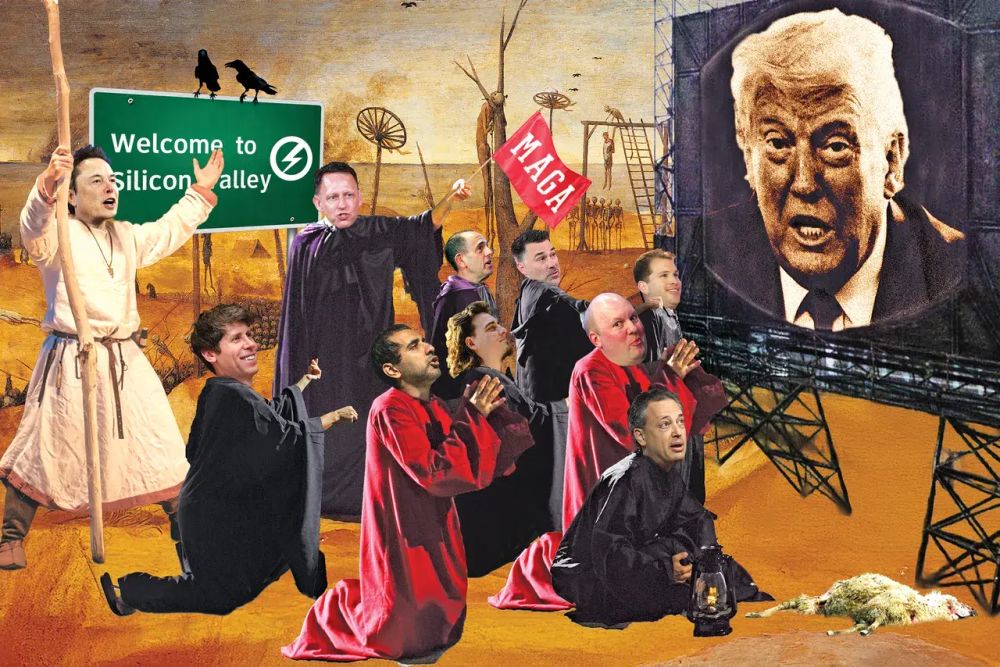Jan Schaumann
@jschauma.mstdn.social.ap.brid.gy
51 followers
5 following
190 posts
Vell, I'm just zis guy, you know?
[bridged from https://mstdn.social/@jschauma on the fediverse by https://fed.brid.gy/ ]
Posts
Media
Videos
Starter Packs
Reposted by Jan Schaumann






